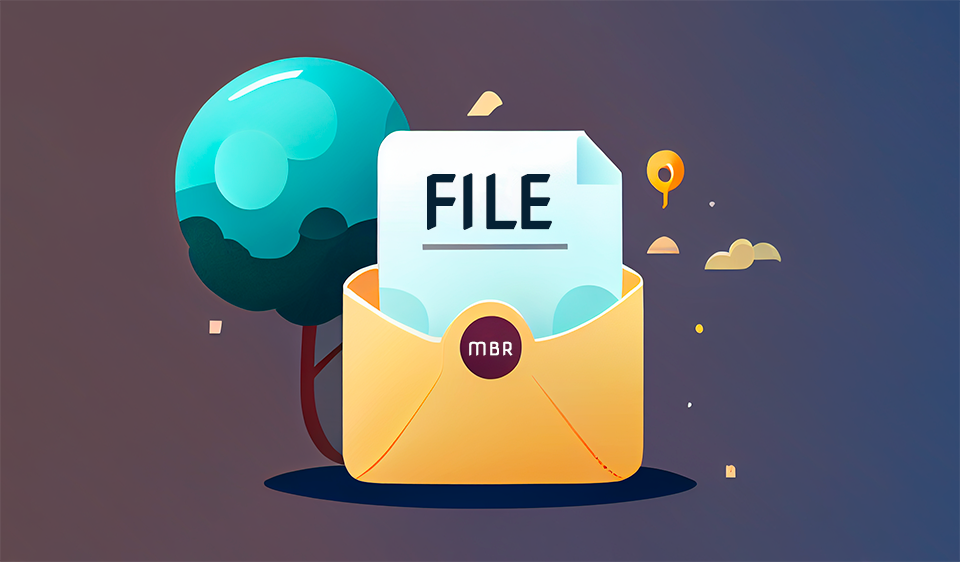What is the MBR?
The MBR (Master Boot Record) is a small data structure that is located at the beginning of a hard drive or other storage device. It is used to boot the computer and load the operating system.
The MBR contains the bootloader, which is a small program that loads the operating system kernel into memory and starts the operating system. It also contains the partition table, which is a list of the partitions on the hard drive and their locations.
How Does the MBR Work?
When a computer is powered on, the BIOS (Basic Input/Output System) performs a series of checks to ensure that the system is ready to boot. One of the checks involves looking for the MBR on the hard drive.
If the MBR is found, the BIOS loads the bootloader into memory and passes control to it. The bootloader then loads the operating system kernel into memory and starts the operating system.
Uses of the MBR
The MBR is used to boot the computer and load the operating system. It is a crucial component of the boot process and is required for the computer to function properly.
The MBR is also used to manage the partitions on the hard drive. By creating and deleting partitions, users can organize their data and allocate disk space more efficiently.
Pros and Cons of the MBR
One of the main advantages of the MBR is its simplicity. It is a small data structure that is easy to understand and modify.
However, the MBR has some limitations. It can only support up to four primary partitions, or three primary partitions and one extended partition. This means that if you want to create more than four partitions on a hard drive, you will need to use an extended partition and create logical drives within it.
